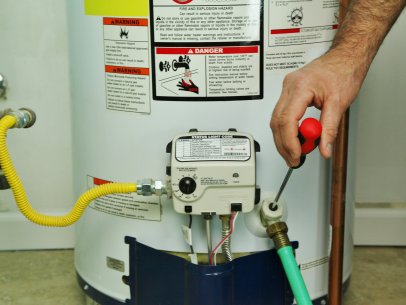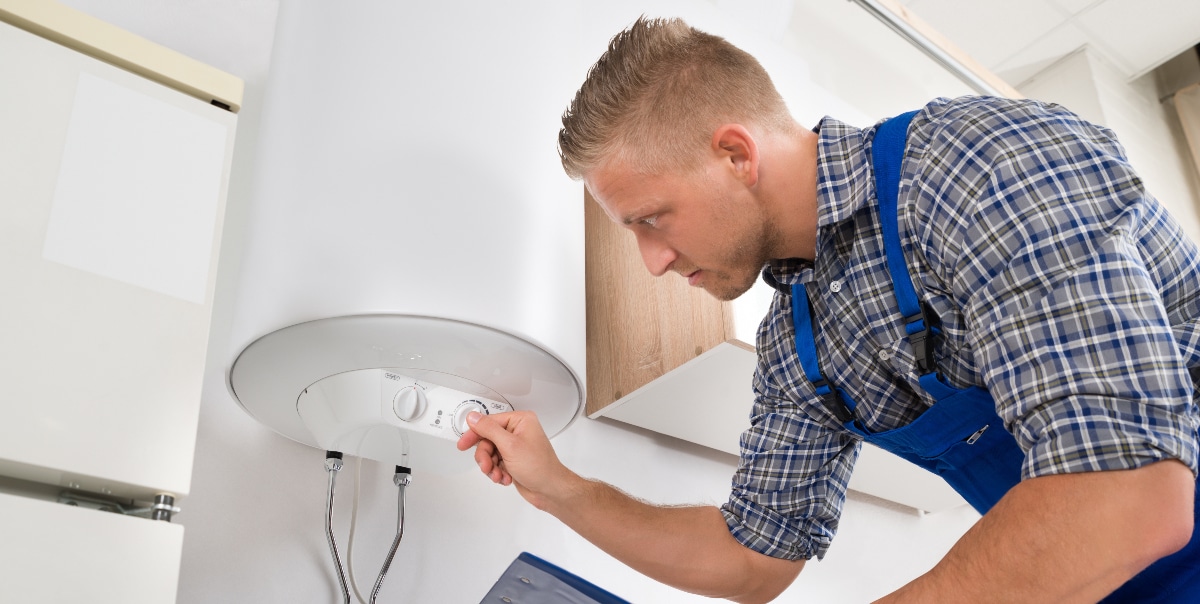The publisher is making several great pointers related to Tips on Maintaining a Water Heater overall in the content which follows.

Warm water is crucial for daily comfort, whether it's for a revitalizing shower or cleaning recipes. To ensure your hot water system runs effectively and lasts much longer, normal maintenance is essential. This article offers functional pointers and insights on exactly how to keep your home's hot water system to avoid disruptions and expensive repair services.
Intro
Keeping your home's warm water system might seem complicated, yet with a few simple steps, you can ensure it runs efficiently for several years to come. This overview covers everything from comprehending your hot water system to do it yourself maintenance suggestions and knowing when to hire professional help.
Significance of Preserving Your Hot Water System
Routine maintenance not only extends the life-span of your hot water system however likewise guarantees it runs effectively. Overlooking maintenance can lead to decreased performance, greater power expenses, and even premature failing of the system.
Signs Your Hot Water System Requirements Maintenance
Knowing when your hot water system needs attention can prevent major issues. Look out for indicators such as irregular water temperature level, odd sounds from the heating unit, or rusty water.
Purging the Hot Water Heater
Flushing your water heater eliminates sediment buildup, improving efficiency and lengthening its life.
Monitoring and Changing Anode Rods
Anode poles avoid deterioration inside the storage tank. Examining and replacing them when worn out is crucial.
Facility Concerns Needing Professional Aid
Examples include major leaks, electrical issues, or if your water heater is continually underperforming.
Regular Expert Maintenance Conveniences
Specialist maintenance can include complete assessments, tune-ups, and making sure compliance with safety and security requirements.
Inspecting and Changing Temperature Setups
Adjusting the temperature level setups guarantees optimum efficiency and security.
Do It Yourself Tips for Upkeep
You can carry out a number of maintenance tasks on your own to keep your warm water system in leading problem.
Checking for Leaks
Routinely evaluate pipelines and connections for leaks, as these can lead to water damages and higher bills.
Comprehending Your Warm Water System
Prior to diving into maintenance jobs, it's practical to comprehend the basic parts of your hot water system. Generally, this includes the water heater itself, pipes, anode rods, and temperature level controls.
Month-to-month Upkeep Tasks
Routine monthly checks can help catch minor issues before they escalate.
Testing Stress Alleviation Valves
Checking the pressure relief valve guarantees it operates properly and avoids excessive pressure build-up.
Shielding Pipes
Insulating warm water pipes decreases warm loss and can save energy.
When to Call a Specialist
While do it yourself maintenance is advantageous, some issues call for expert knowledge.
Verdict
Routine maintenance of your home's warm water system is vital for performance, durability, and cost financial savings. By following these pointers and understanding when to seek specialist assistance, you can ensure a trusted supply of warm water without unexpected disturbances.
How to Maintain an Instant Hot Water Heater
Before tinkering with your hot water heater, make sure that it’s not powered on. You also have to turn off the main circuit breaker and shut off the main gas line to prevent accidents. Also turn off the water valves connected to your unit to prevent water from flowing into and out of the appliance. 2. When you’re done, you have to detach the purge valves’ caps. These look like the letter “T” and are situated on either side of the water valves. Doing so will release any pressure that has accumulated inside the valves while at the same time avoid hot water from shooting out and burning your skin. 3. When the purge valves’ caps are removed, you have to connect your hosing lines to the valves. Your unit should have come with three hoses but if it didn’t, you can purchase these things from any hardware or home repair shops. You can also get them from retail stores that sell water heating systems. Read the user’s manual and follow it to complete this task properly. When the hosing lines are connected, open the purge port’s valves. 4. You should never use harsh chemical cleaners or solutions when cleaning your unit. Make use of white vinegar instead. It should be undiluted and you’ll probably use about 2 gallons. 5. Now flush your water heater. This task should probably take about 40 minutes. We can’t give you specific directions for this because the procedure is carried out depending on the type, model and brand of your heater. With that being said, refer to the user’s manual. 6. When you’re done draining the unit, you have to turn off the purge port valves again. Remove the hosing lines that you earlier installed on each of the water valves. Put the valve caps (purge port) back in their respective places and be very careful so as not to damage the rubber discs that are found inside these caps. 7. Now that everything’s back in place, check your user’s manual again to find out how to reactivate your water heating system. 8. Once it is working, turn one of your hot water faucets on just to let air pass through the heater’s water supply pipes. Leave the tap on until water flows smoothly out of it. https://www.orrplumbing.com/blog/2014/september/how-to-maintain-an-instant-hot-water-heater/

Do you enjoy more info about What Kind of Maintenance Do Water Heaters Need?? Write a remark down the page. We'd be happy to find out your insights about this blog. In hopes to see you back again in the near future. Do you know another individual who is curious about the topic? Do not hesitate to share it. Thanks a lot for going through it.
Click Here